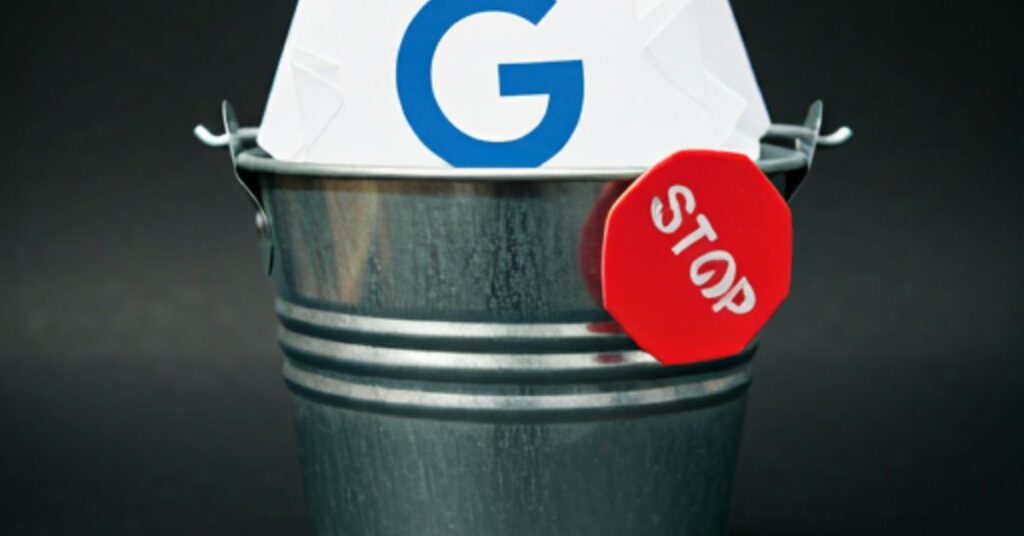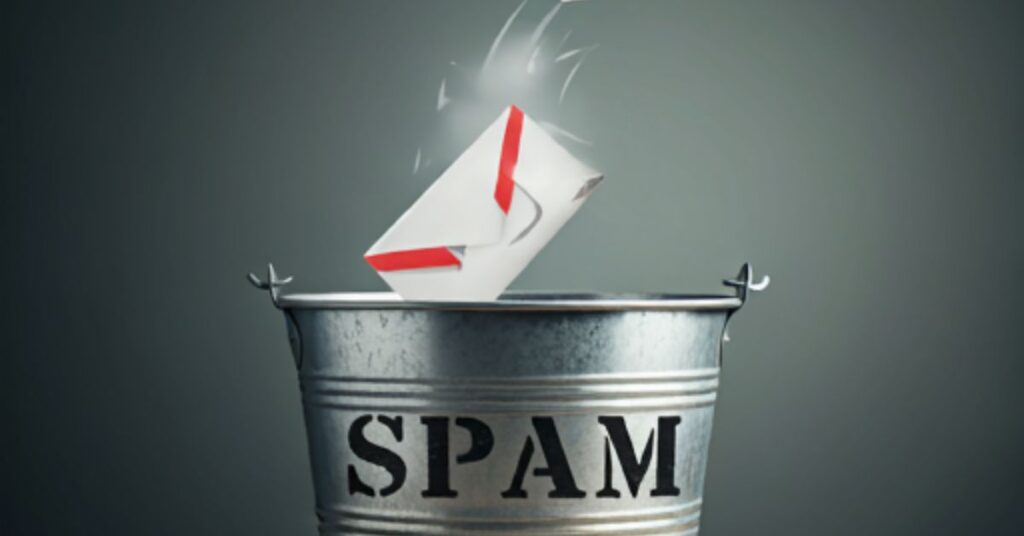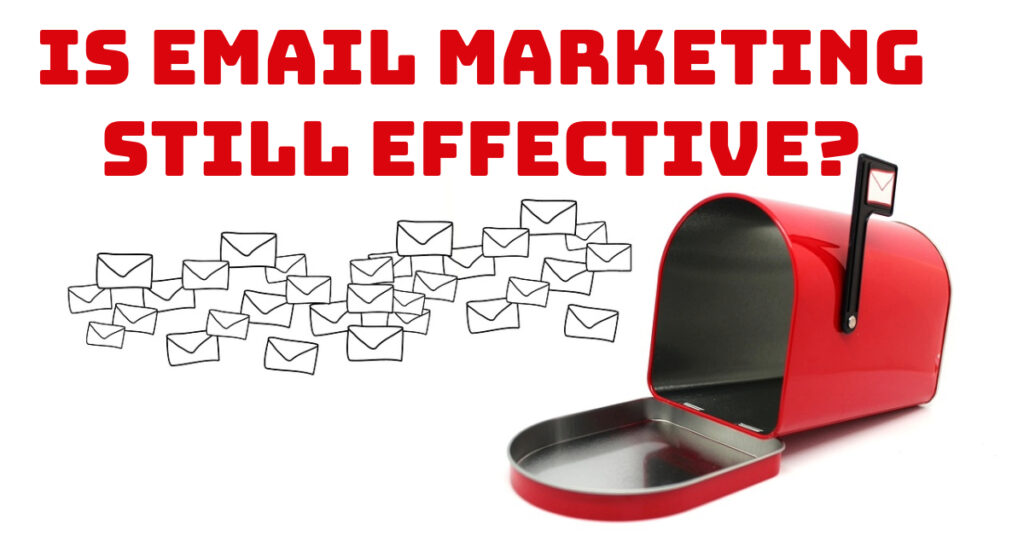Getting emails flagged as spam in Gmail can be a frustrating experience, whether you’re sending important updates or running a marketing campaign. The question “How to stop emails going to spam Gmail” matters a lot because Gmail’s advanced spam filters ensure users are protected from unwanted messages, but these strict systems can sometimes misclassify legitimate emails. If your emails are landing in Gmail’s spam folder, this guide will help you fix the issue.
Why Emails Go to Spam in Gmail
Before diving deep into “How to Stop Emails Going to Spam Gmail? “,it is necessary to understand that Gmail’s spam filters are powered by advanced algorithms and user-driven data. Here are the most common reasons emails get flagged as spam:
- Lack of Email Authentication
If your emails lack proper authentication protocols like SPF, DKIM, or DMARC, Gmail may classify them as spam. - Poor Sender Reputation
Sending emails from domains with low credibility or high spam complaint rates can harm your deliverability. - Spammy Content
Overusing promotional language, all-caps subject lines, or excessive punctuation can trigger Gmail’s spam filters. - Low Engagement Rates
Gmail tracks recipient interactions. Emails with low open or click rates are more likely to be flagged as spam. - Unsolicited Emails
Sending emails to people who haven’t opted in can lead to spam complaints and damage your reputation.
How to Stop Emails Going to Spam Gmail:10 Effective Ways

1. Authenticate Your Email
For marketing don’t use usual email senders like GMail, or Outlook. Prefer to use bussiness email like this contact@analyticcopypro.com. After @ their should be your email. After that to prove to Gmail that your emails are legitimate, set up the following:
- SPF (Sender Policy Framework): Ensures only authorized servers can send emails from your domain.
- DKIM (DomainKeys Identified Mail): Adds a digital signature to your emails for verification.
- DMARC (Domain-based Message Authentication): Aligns SPF and DKIM for additional protection.
2. Maintain a Clean Email List
- Remove invalid or inactive Gmail addresses regularly.
- Avoid purchasing email lists, as these often contain unengaged or fake accounts.
3. Write Non-Spammy Content
- Avoid using phrases like “100% free,” “Click now,” or “Act fast!”
- Use proper formatting with a balance of text and visuals.
- Limit excessive use of capitalization or exclamation marks.
4. Use a Trusted Email Service Provider (ESP)
Platforms like MailerLite, Mailchimp, or ActiveCampaign optimize email deliverability and ensure compliance with Gmail’s guidelines.
5. Segment Your Audience
Personalized, targeted emails have higher engagement rates. Segment your email list based on recipient preferences or behaviors.
6. Include an Unsubscribe Link
Gmail expects all marketing emails to have a clear and functional unsubscribe option. Without it, your emails might be flagged as spam.
7. Monitor Your Sender Reputation
Use tools like Google Postmaster Tools to track:
- Spam rates.
- Authentication issues.
- Domain reputation.
8. Encourage Engagement
Emails with higher open, reply, and click-through rates are less likely to be flagged as spam. Encourage engagement by:
- Writing personalized subject lines.
- Adding interactive elements, like polls or questions.
9. Test Your Emails Before Sending
Use tools like MailTester or GlockApps to analyze your email content, technical setup, and deliverability specifically for Gmail.
10. Ask Recipients to Whitelist Your Email
Guide recipients to:
- Mark your emails as “Not Spam” if they land in the spam folder.
- Add your email address to their Gmail contacts.
- Create filters to ensure your emails never go to spam.
How Gmail’s Spam Filters Work
Gmail’s spam filters use:
- AI and Machine Learning: Dynamically identifying new spam patterns.
- Engagement Metrics: Monitoring recipient behavior, like opens and replies.
- User Reports: Adjusting filters based on “Report Spam” actions.
FAQs
1. How Can I Check If My Emails Are Being Flagged as Spam?
Use email testing tools like GlockApps to simulate sending emails to Gmail. Monitor deliverability reports to identify issues.
2. Does Gmail Treat Promotional Emails Differently?
Yes, Gmail often categorizes promotional emails in the Promotions tab. While this isn’t spam, it can reduce visibility.
3. Can Personal Emails Go to Spam?
Yes, if the content or sender reputation seems suspicious. Ensure you’re using a trusted domain and avoid spammy content.
Conclusion
Keeping your emails out of Gmail’s spam folder requires a combination of technical optimization, engaging content, and consistent monitoring. By following these steps, you can improve your deliverability and ensure your messages reach the inbox. Whether you’re sending personal updates or marketing campaigns, Gmail’s strict filters can work in your favor when you meet their guidelines.
We have discussed almost all aspects of “How to stop emails going to spam Gmail”. Start implementing these tips today to stop and build a strong connection with your recipients!



